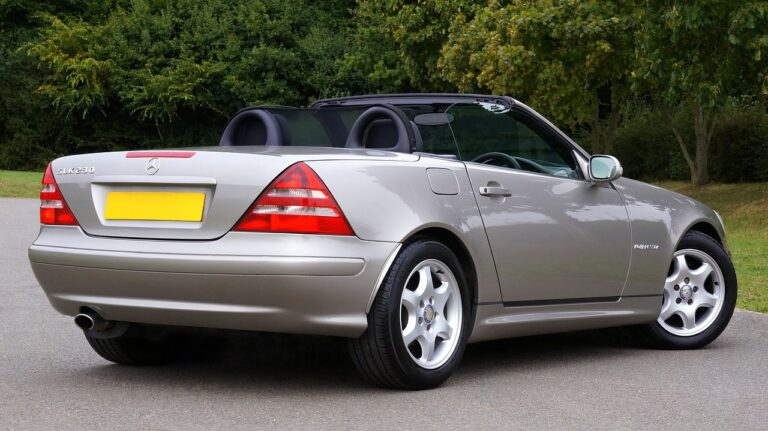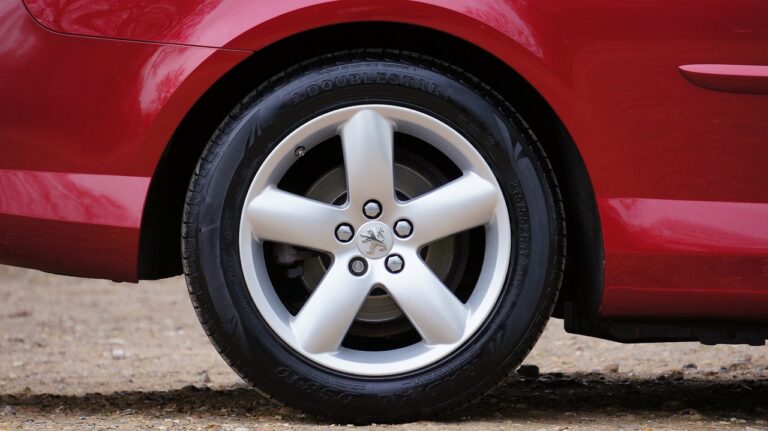Exploring the Potential of 3D Printed Cars in Mass Production
3D printing technology, also known as additive manufacturing, has revolutionized the way objects are created. Unlike traditional subtractive manufacturing methods, where material is cut away from a larger piece to create the desired shape, 3D printing builds objects layer by layer. This process starts with a digital design file that is fed into the 3D printer, which then precisely deposits material according to the design specifications.
One of the key advantages of 3D printing technology is its ability to create complex geometries and intricate designs that would be challenging or even impossible to produce using traditional manufacturing methods. This enables greater flexibility and customization in product development and design. Additionally, 3D printing allows for rapid prototyping, reducing the time and cost involved in testing and iterating designs. The technology has found applications across various industries, from aerospace and automotive to healthcare and consumer goods.
Advantages of 3D Printed Cars
3D printed cars offer significant advantages in terms of design flexibility. Traditional manufacturing methods often come with limitations in creating complex shapes and intricate details. With 3D printing technology, car designers can unleash their creativity and produce unique, customized designs that were previously not achievable. This innovation allows for the production of lightweight yet durable parts, improving the overall performance and efficiency of the vehicle.
In addition to design flexibility, another major advantage of 3D printed cars is the rapid prototyping capability it offers. Traditional manufacturing processes can be time-consuming and costly when it comes to creating prototypes. However, with 3D printing, car manufacturers can quickly and cost-effectively produce prototypes for testing and evaluation. This accelerated prototyping process enables faster iteration and refinement of designs, ultimately leading to the development of high-quality vehicles in a more efficient manner.
What is 3D printing technology?
3D printing, also known as additive manufacturing, is a process of creating three-dimensional objects by layering materials on top of each other based on a digital design.
How are cars 3D printed?
Cars can be 3D printed using large-scale 3D printers that can create the various components of the vehicle, which are then assembled to create the final product.
What are the advantages of 3D printed cars?
Some advantages of 3D printed cars include customization options, reduced production time, cost savings, and the ability to create complex designs that may not be possible using traditional manufacturing methods.





